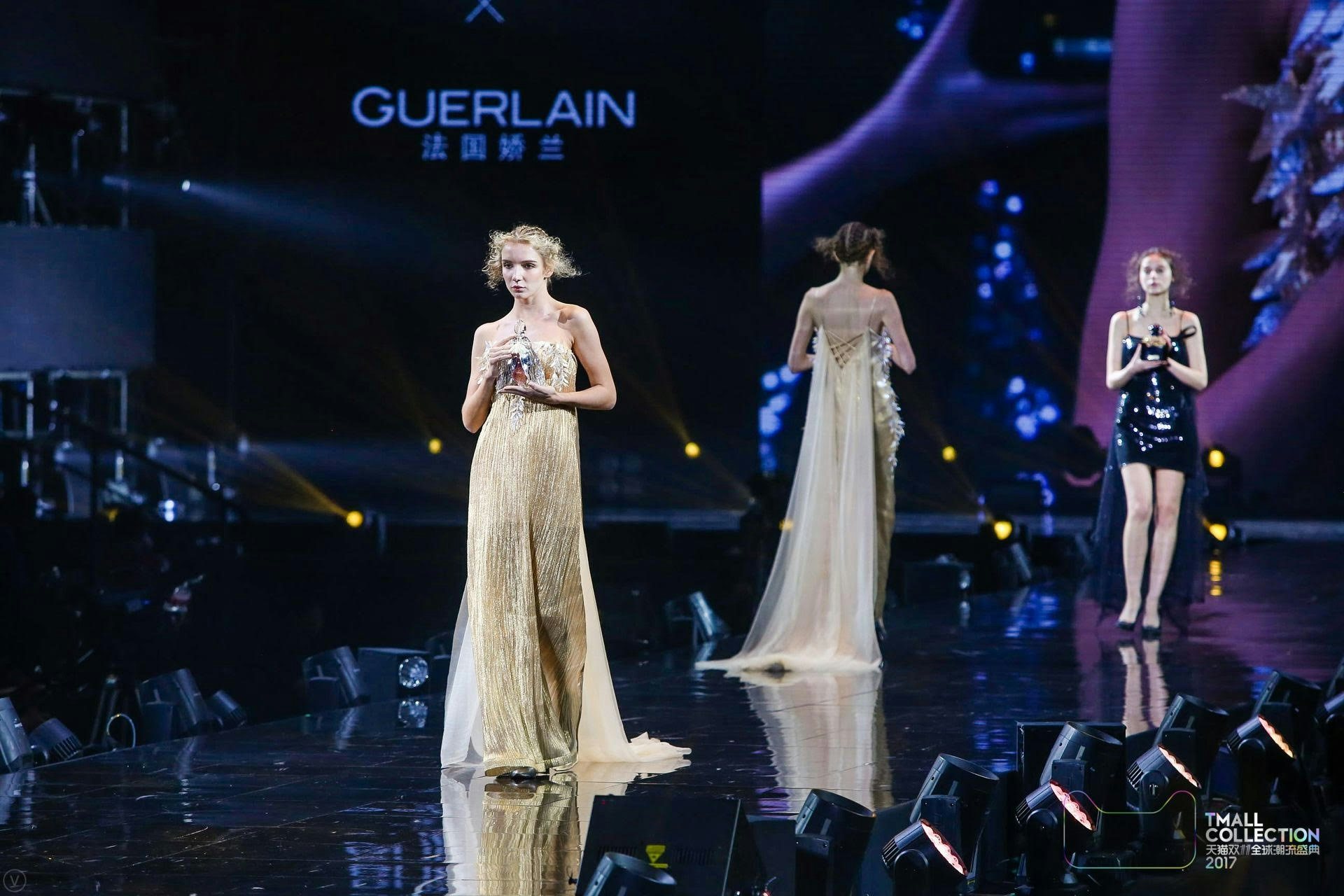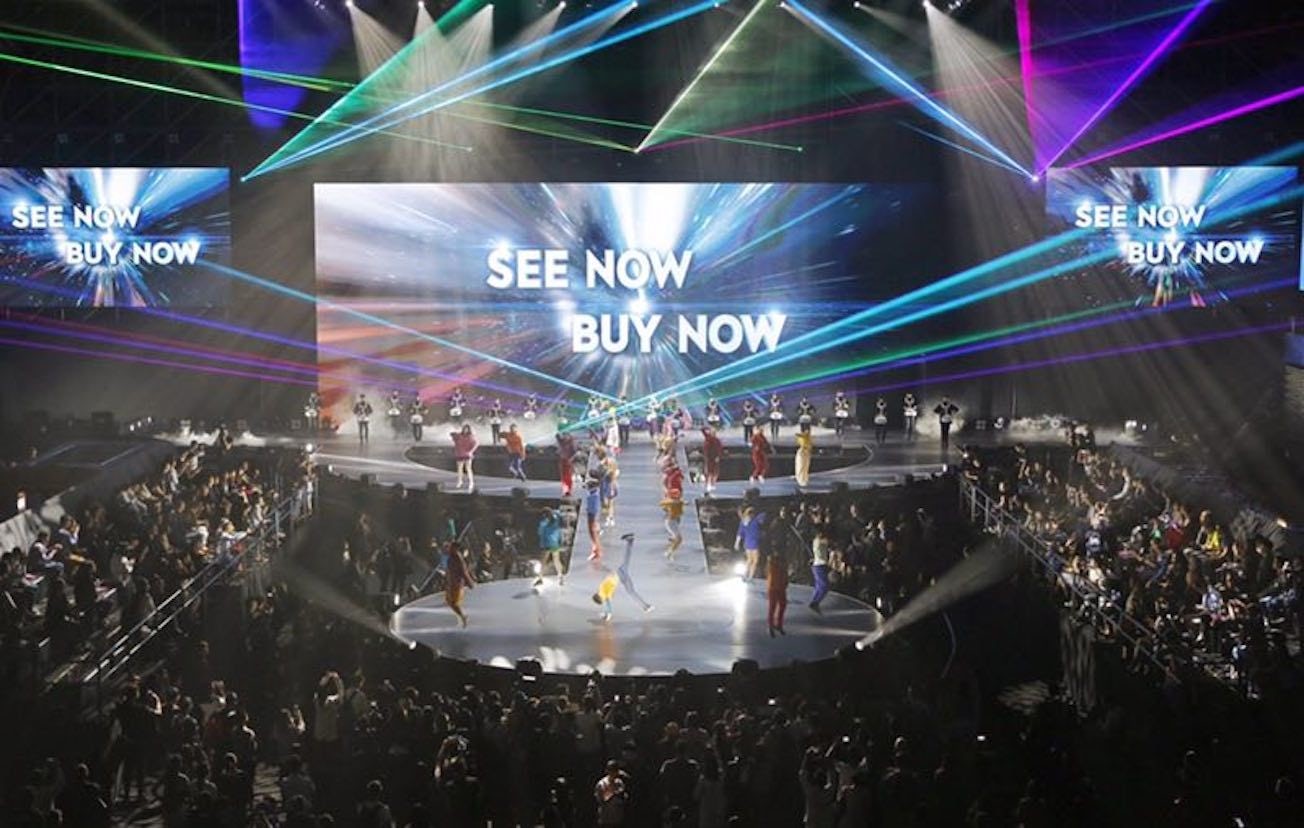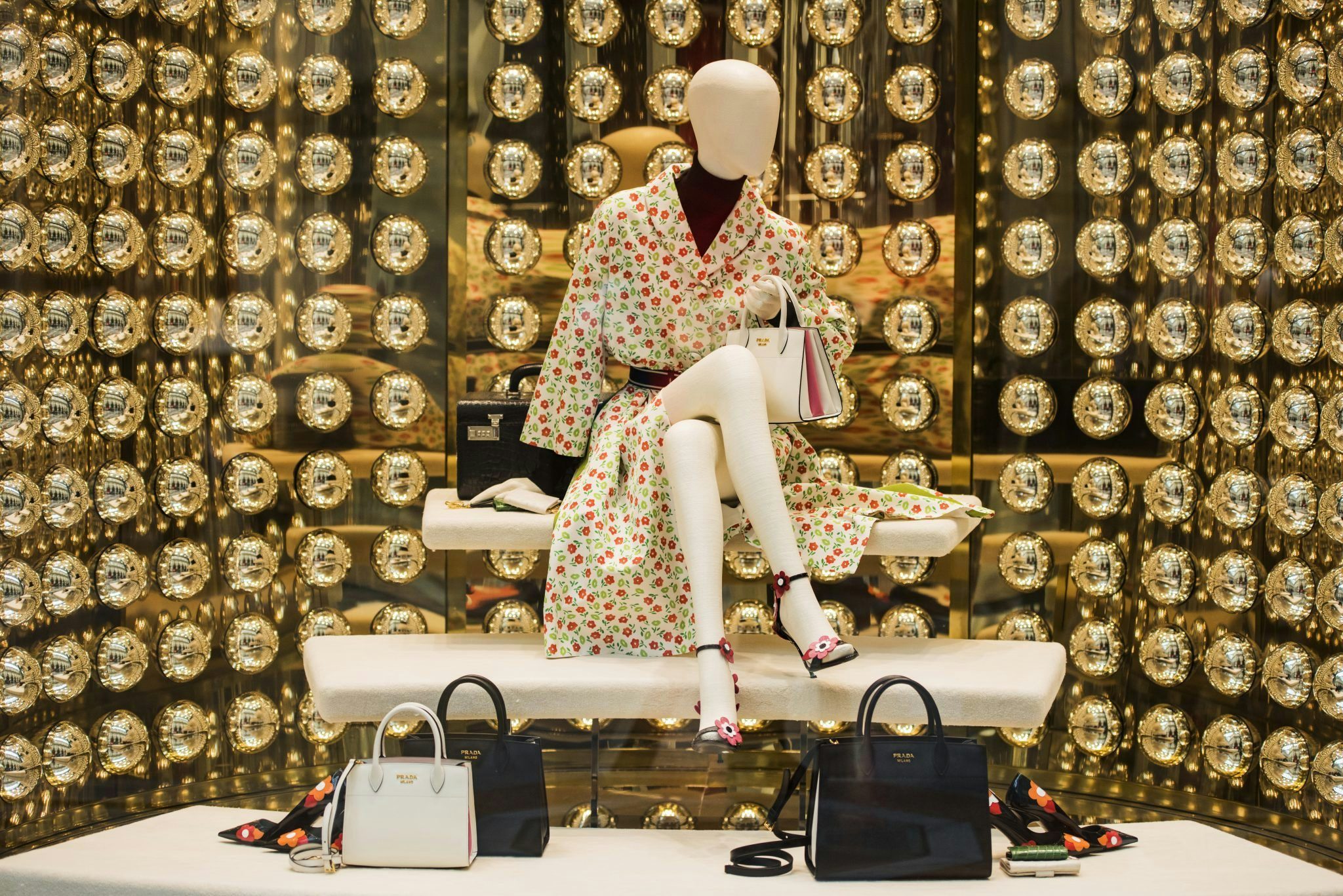‘See now, buy now’ has no doubt been one of the hottest trends in fashion over the past two years. It all started in September 2016, when the UK luxury brand Burberry defied the tradition of a six-month-cycle fashion show schedule, by debuting a “seasonless” collection at its first-ever ‘see now, buy now’ fashion show. Pieces of that collection hit the brand’s physical stores and online shops the following day. According to Forbes, the bold move “revolutionizes the pace of luxury retail.” Unsurprisingly, it ignited fierce debates within the global fashion community as to whether the model has worked and how long it would last. Implications for supply chain, distribution, and marketing are among the key issues of the discussion.
Aside from its pioneer Burberry, the model’s early adapters included Tommy Hilfiger, Tom Ford, Ralph Lauren, Thakoon Panichigul, and Kate Spade, among others. Three seasons in, the model yielded drastically different results for various brands. For instance, Tom Ford, Thakoon Panichigul, and Kate Spade abandoned the model after 2 seasons, citing reasons, ranging from shipping schedule conflicts to an incompatible retail environment. Meanwhile, Burberry and Ralph Lauren have continued with the model and have insisted it is working for them. However, market data has suggested that both brands are struggling, as far as sales numbers are concerned. In contrast, Tommy Hilfiger appears to have done pretty well, but the positive results seem to be at the expense of astronomically high costs for extravagant fashion shows, an army of big-name supermodels and performers, as well as lavish marketing and social media campaigns, in which very few luxury brands are financially able or willing to invest.
By comparison, the ‘see now, buy now’ model seems to have fared much better in China than in the United States or Europe. Unlike their American or European counterparts, where luxury brands usually test out the ‘see now, buy now’ model on their own as individual brands, luxury brands in China (local or international alike) decided to take a different route. Brands in China began utilizing Alibaba’s Tmall platform to participate in ‘see now, buy now’ fashion shows as a collective group last year, thanks to the annual Singles Day online shopping frenzy on November 11. In 2016, Singles’ Day, generated 17.8 billion in gross merchandise volume, which was 18 times the size of Amazon Prime Day and six times the size of Black Friday.
Tmall kicked off this year’s Singles’ Day Build-up with a star-studded ‘See Now, Buy Now’ live fashion show in Shanghai on October 20. The show showcased more than 50 carefully-selected fashion brands (local and international), that later became available to preorder for Alibaba’s November 11 Single’s Day, dubbed the Global Shopping Festival by Alibaba. Top brands such as Estee Lauder, Victoria’s Secret, Ralph Lauren, and Furla, were among this year’s participants. Meanwhile, as part of the deal for the recent partnership between Alibaba and New York Fashion Week, three prestigious American brands—Opening Ceremony, Robert Geller, and Jason Wu—were selected to bring the NYFW spirit to China in their debut show this year.
Alibaba’s 2nd ‘See Now, Buy Now” fashion show for Singles’ Day had “retail as entertainment” as its main theme, and marked the official start of Alibaba’s 3-week promotion campaign intended to create buzz and build interest ahead of the 11.11 online frenzy. As Alizila.com pointed out, the show served as one of the many ways for Alibaba to leverage its media resources and e-commerce platforms, for the purpose of creating a “seamless experience for viewers and consumers.” It also gave those selected brands the opportunity to wow Chinese consumers. To further stoke the online frenzy and build consumer interest, seven major Chinese media platforms, including Youku, Weibo, and Taobao and Tmall’s shopping apps, broadcast the live show on October 31.
What sets China apart from its American and European counterparts, as far as the "see now, buy now" model's results are concerned? The underlying factors are complicated, and one of them is related to the unique approach of having collective fashion shows, and leveraging the unparalleled financial, operational, and media backing of Alibaba. Another reason lies in consumer mentality. Shanghai-based China influencer marketing expert, Kim Leitzes, observed that the biggest difference between fashion brands experimenting with their own runway shows (such as most of those luxury brands in the United States and Europe) versus doing it through Tmall is the audience's intent to purchase. “When a consumer watches a runway show, either onsite or online, the vast majority are not in the ‘buy now’ mode. This is a stark contrast to Chinese consumers on Singles Day. They are primed and prepared to spend," Leitzes said.
November 11 is just around the corner, and the sales numbers are not in yet. It’s still too early to tell how Alibaba’s ‘See Now, Buy Now’ show has fared this year. However, the impressive sales numbers from last year’s show serve as a pretty good indicator of how things will turn out this year in for Singles Day. In the meantime, given the fact that this year’s show managed to attract an unprecedented number of top international luxury brands, and that it was supported by seven of the major Chinese online platforms, there is reason to believe that it’ll be another good year for Tmall’s ‘See Now, Buy Now’ experiment this time around.


